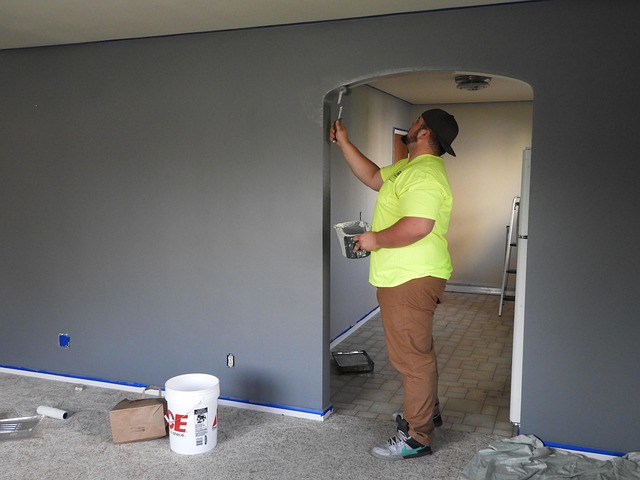Homeowners associations (HOAs) play a crucial role in maintaining the aesthetic and functional integrity of residential communities. One of the most significant ways homeowners can influence their property’s value is through home improvements. However, within HOA-managed communities, these improvements must align with HOA rules and regulations to ensure they benefit both the individual homeowner and the overall neighborhood.
1. Curb Appeal and First Impressions
The first thing potential buyers notice about a property is its exterior appearance. Home improvements like new landscaping, exterior painting, or upgraded roofing can dramatically enhance curb appeal, which directly impacts property value. When homeowners make these improvements by HOA guidelines, it ensures consistency across the neighborhood, maintaining a cohesive and attractive community appearance.
Read more:
- Looking to add value to your home? Try these top tactics
- 9 Eco-Friendly Upgrades You Can Do to Increase Your Home’s Value
- 3 Changes That Could Add Value to Your Home
2. Energy Efficiency Upgrades
Upgrades that improve energy efficiency, such as installing solar panels, new windows, or better insulation, not only lower utility costs but also increase property value. In an HOA community, such improvements must be approved by the HOA board to ensure they meet aesthetic and structural standards. However, when executed correctly, these changes can raise the property’s market value and make it more attractive to environmentally-conscious buyers.
3. Interior Renovations
While interior renovations don’t always directly impact curb appeal, they can significantly increase a property’s market value. Upgrades to kitchens, bathrooms, and living spaces can make a home more desirable. Homeowners should review HOA proposals or guidelines before undertaking interior changes to ensure that no community rules are violated and that their renovation project complies with HOA standards.
4. HOA Approval Process
Many HOA communities have strict guidelines about what home improvements can be made and how they must be executed. Whether it’s a minor landscaping change or a major remodel, obtaining HOA approval is key. Homeowners should submit detailed plans through formal HOA proposals to ensure their improvements align with the association’s vision for the neighborhood. This helps avoid costly disputes and ensures that home improvements are beneficial in the long term.
5. Property Value Consistency
One of the main reasons HOAs regulate home improvements is to maintain property value consistency across the community. By enforcing uniform standards, the HOA ensures that no single property detracts from the overall appearance of the neighborhood. This protects the investment of all homeowners, keeping property values stable and even increasing them over time.
Conclusion
Home improvements within an HOA-managed community can have a substantial positive impact on property values when done correctly. However, homeowners need to work closely with their HOA, following proper procedures and submitting HOA proposals when necessary. By doing so, homeowners can ensure that their improvements not only enhance their property but also contribute to the overall value and appeal of their community.











Leave a Review